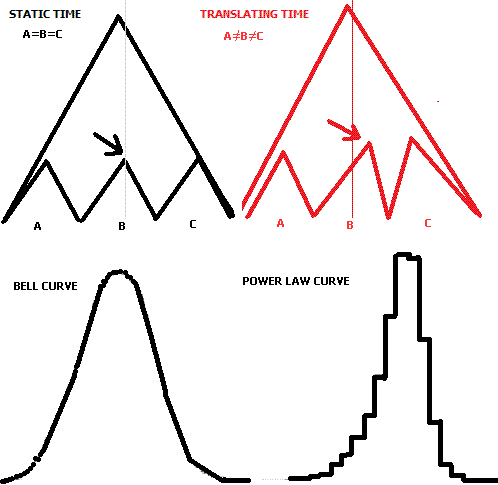Extending time fractals to explain the transformation of the bell curve into the Pareto principle reconciles the 150 years efficient and inefficient market debate.
Robert Brown, a Scottish botanist observed the random Brownian motion nearly 250 years back. Nearly the same time Carl Gauss, also known as the Princeps mathematicorum (prince of mathematicians) created the bell curve. After 100 years Louis Bachelier connected these two great works by pioneering the study of financial mathematics and stochastic processes. Bachelier also referred to as the father of modern finance inspired the efficient school.
In a similar time frame, Vilfred Pareto with his Pareto distribution started the work on fractional Brownian motion. One can easily generate a random sample from the Pareto distribution. Bachelier and Pareto were on two sides of the Brownian randomness. What started from Robert Brown split into the efficient and inefficient school of thought.
